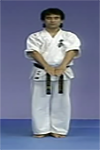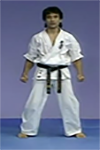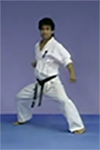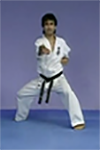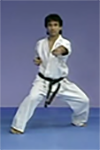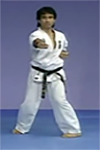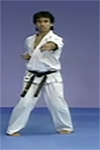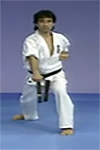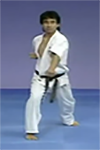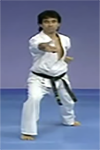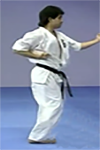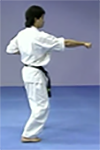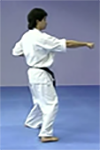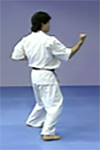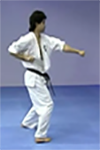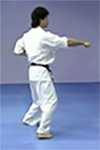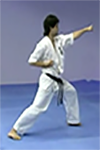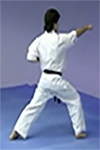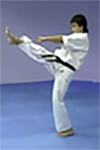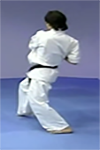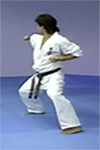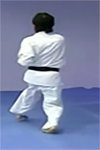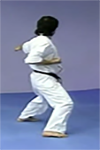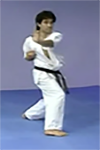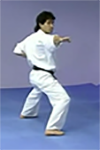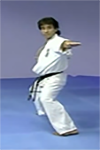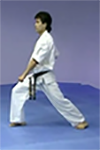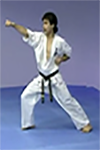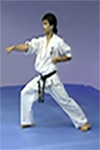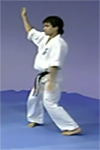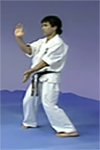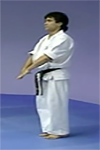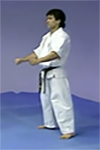Tsuki no Kata - 突きの型
This Kata was created by Seigo Tada, founder of the Seigokan branch of Goju-Ryu. He was born in 1922 and studied the essence of Goju-Ryu with Chojun Miyagi. In his style he called it
Kyokushin Sensei’s use this Kata to help students to generate striking power in multiple positions, heights and directions. Each time a student punches in this Kata, they should imagine that they are breaking down some barrier.
This very linear Kata seems to come from the Okinawa
In some Kyokushin circles, the Kata is attributed to Tadashi Nakamura because he claims to have it introduced into Kyokushin Karate. However, many speculated that he introduced it into Kyokushin after learning it from his Goju-Ryu background.
More likely is that the Kata has been adopted into Kyokushin by Mas Oyama himself. At the time, Seigo Tada and Mas Oyama were both Goju-Ryu students and knew each other very well.
Tsuki no Kata - 突きの型
video
instructions
Video
source Youtube
Documentation
Kihon Waza
Dachi Waza
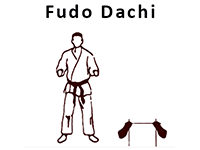 Fudo Dachi
Fudo Dachi
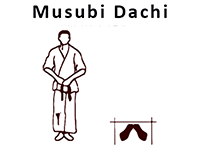 Mosubi Dachi
Mosubi Dachi
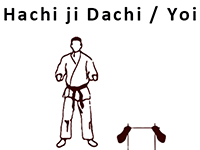 Joi Dachi
Joi Dachi
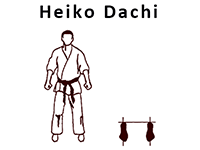 Heiko Dachi
Heiko Dachi
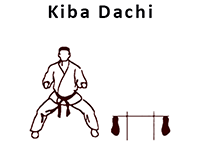 Kiba Dachi
Kiba Dachi
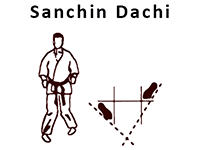 Sanchin Dachi
Sanchin Dachi
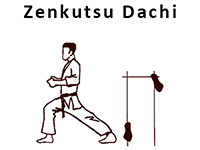 Zenkutsu Dachi
Zenkutsu Dachi
Te Waza
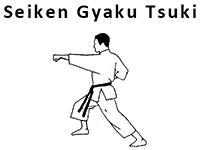 Seiken Chudan Gyaku Tsuki
Seiken Chudan Gyaku Tsuki
 Seiken Gedan Gyaku Tsuki
Seiken Gedan Gyaku Tsuki
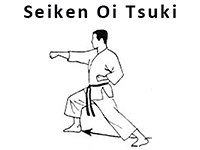 Seiken Jodan Oi Tsuki
Seiken Jodan Oi Tsuki
 Seiken Chudan Oi Tsuki
Seiken Chudan Oi Tsuki
Nihon Seiken Chudan Tsuki
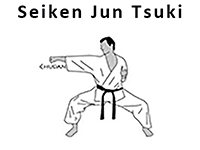 Seiken Jun Tsuki
Seiken Jun Tsuki
Yoko Yonhon Nukite
Uke Waza
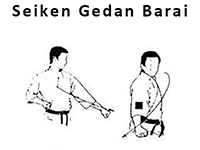 Seiken Gedan Barai
Seiken Gedan Barai
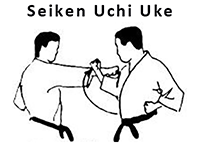 Seiken Uchi Uke
Seiken Uchi Uke
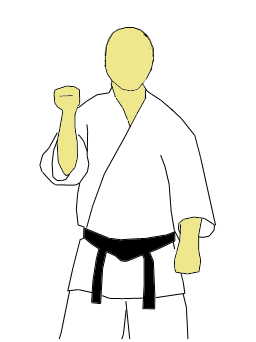 Seiken Uchi Uke / Gedan Barai
Seiken Uchi Uke / Gedan Barai
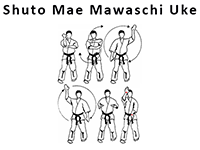 Shuto Mae Mawashi Uke
Shuto Mae Mawashi Uke
Geri Waza
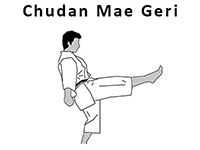 Chudan Mae Geri
Chudan Mae Geri
Kihon Jutsugo
Kamae - 構え, means posture or base. Kamae is to be differentiated from the word Dachi - 立ち. Dachi refers to the position of the body from the waist down, Kamae refers to the posture of the entire body, as well as encompassing one's mental readiness.Kamae
Mokusō - 黙想, means meditation, part of the training of mushin; the call to meditate.Mokuso
Hajime - 始め, means begin.Hajime
Hikite - 引き手 means drawing hand: Hiku - 引き, to draw or pull, and Te - 手, the hand.Hikite
Ibuki is karate’s hard breathing method. Ibuki breathing is a study of tension, which is necessary to truly understand relaxation. While ibuki breathing serves as a dynamic tension exercise, its true value is ki development, since it teaches the breathing control necessary for kiai. Ibuki breathing is performed in two ways, one long, and one short. Ibuki
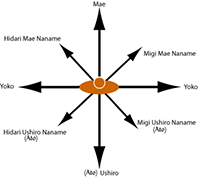 Migi Mae Naname
Migi Mae Naname
 Migi Ushiro Naname
Migi Ushiro Naname
Naore - 直れ, is a command to go back into the beginning Kamae.Naore
Yasumi - 休み, is a command to rest or relax.Yasume
